When it comes to photographing meteor showers, most people opt for a manual camera like a DSLR as the best means of capturing a shooting star streaking across the night sky.
DSLRs have wider and larger sensors than most standard webcam, CMOS and CCD cameras, plus a wide selection of lenses from which to choose, and a wide lens will help you capture a decent patch of the night sky in the hope of photographing a meteor.
For more on the benefits of these cameras, read our DSLR guide.
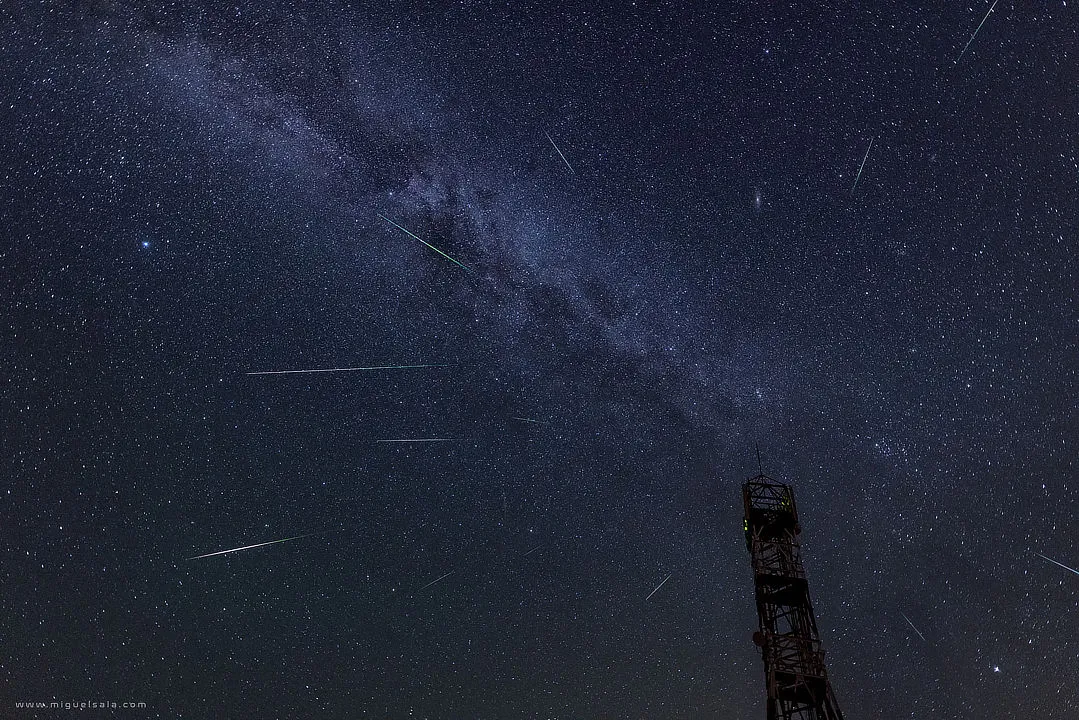
The good thing about annual meteor showers is that they are predictable, both in terms of when peak activity will occur and also where the meteors are likely to emerge from.
A meteor shower is named after the 'radiant', which is the part of the sky from which it appears to emanate. For example, the Geminid meteor shower (which peaks 13/14 December) appear to emerge from the constellation Gemini, and the Perseid meteor shower (which peaks 12/13 August) appear to emerge from the constellation Perseus.
The oldest meteor shower, the Lyrid meteor shower, has its radiant in the constellation Lyra.
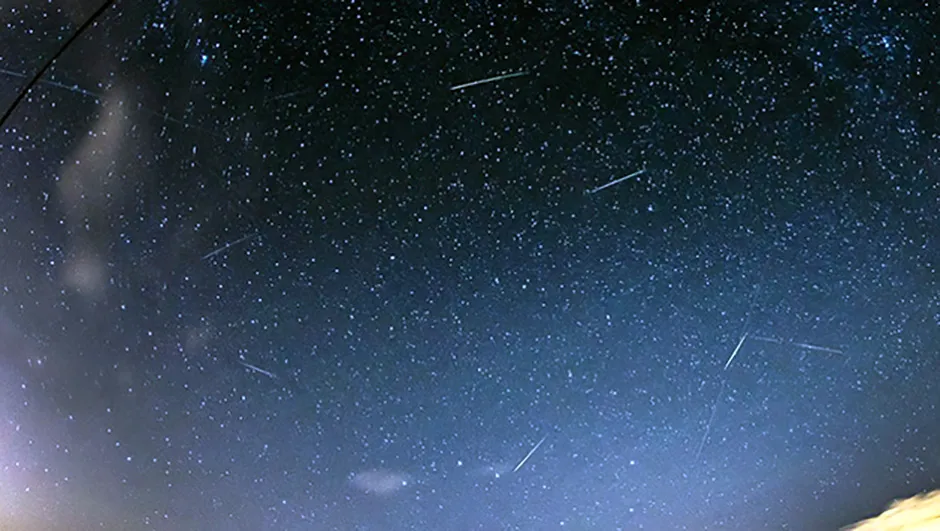
You may also wish to use a tracking mount, although many astrophotographers consider them unnecessary for meteor shower photography.
Our Reviews Editor Paul Money addressed this in his blog post Do you need a tracking mount to photograph meteors?
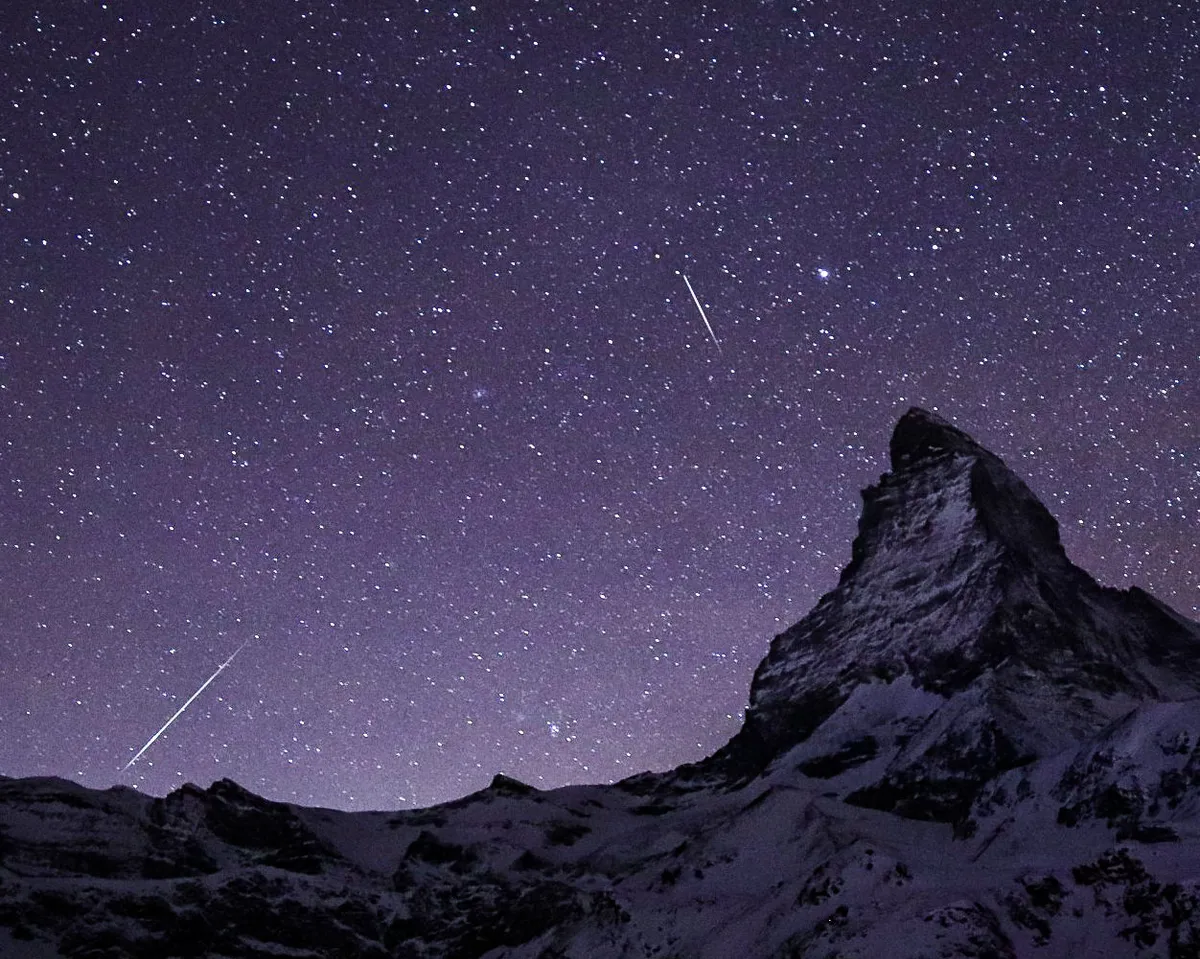
Tracking mounts may not be necessary, but they can help you keep the meteor shower's radiant in the field of view, allowing you to stack your images later on and reveal multiple meteors emanating from the same patch of sky.
If you do decide a good mount is necessary, read our guide to the best telescope mounts available.
Below is our pick of the top cameras we've reviewed over the years that would be ideal for photographing meteors, along with a selection of recommended tracking mounts, should you choose to use one.
For a full 'how to' astrophotography tutorial, read Pete Lawrence's article on how to photograph a meteor.
All equipment selected by BBC Sky at Night Magazine's Reviews Editor Paul Money.
Best cameras for photographing meteor showers
Canon EOS R6 mirrorless camera review
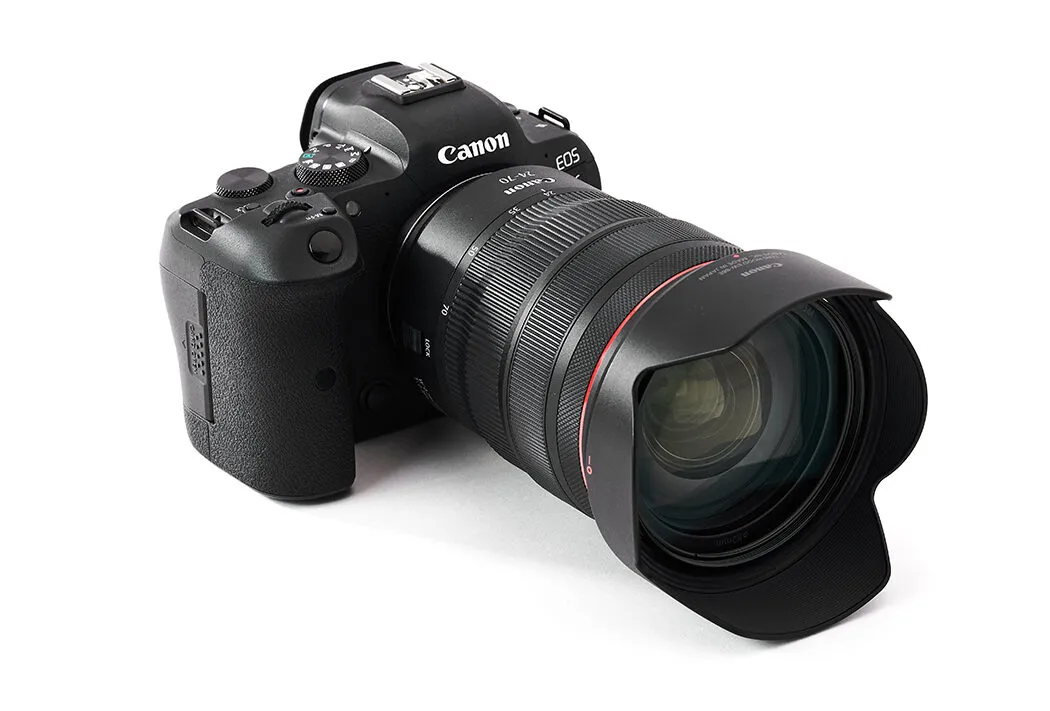
The Canon EOS R6 DSLR camera can shoot in 4K resolution at up to 25fps and also offers a high-speed video option that can achieve in excess of 100fps.
During our testing, we found the EOS R6 really excelled when we were shooting the night sky and capturing the Milky Way with a wide-angle lens.
Pairing the camera with the supplied Canon 15-24mm f/2.8 L lens, and then with our own Samyang 14mm f/2.8 lens, gave a beautiful wide field of view of the night sky, perfect for the chance capture of a shower meteor on the night of peak activity.
Read our full Canon EOS R6 mirrorless camera review.
Sony A9 mirrorless camera
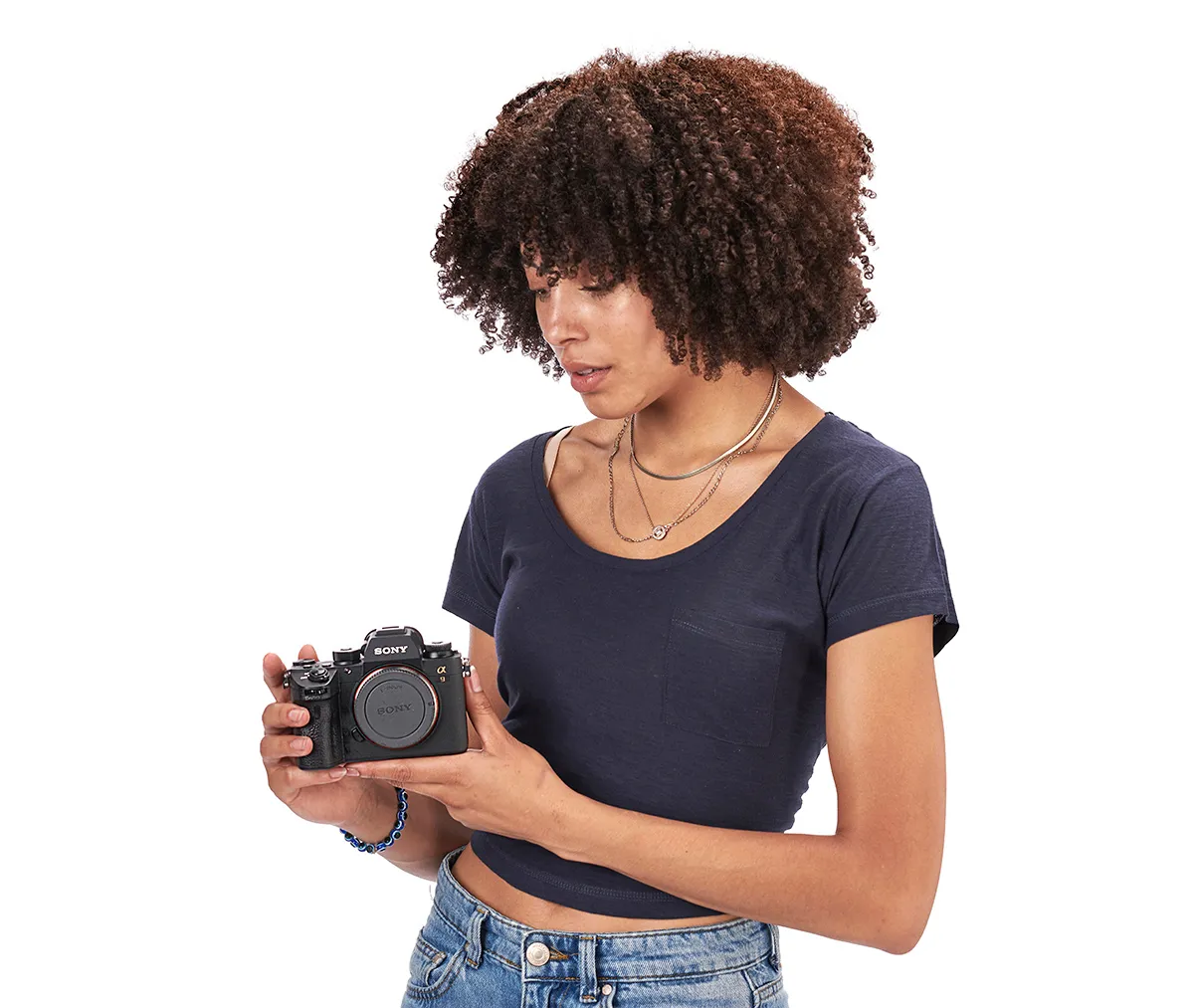
The Sony A9’s ‘Interval Shooting’ function allows newcomers to the world of astrophotography newcomers the chance to try multiple shots without the need for an intervalometer.
While the maximum exposure time is only 30 seconds in this mode, this is certainly enough for Milky Way wide-field imaging and for targeting the radiant of a meteor shower.
Even when shooting at ISO 3200 in light, summer night skies, we found we could get very clean images from the Sony A9, making it a good option for summer showers like the Perseids.
Indeed, the wide field of view makes this an excellent nightscape camera.
Read our full Sony A9 mirrorless camera review.
Nikon D90 camera
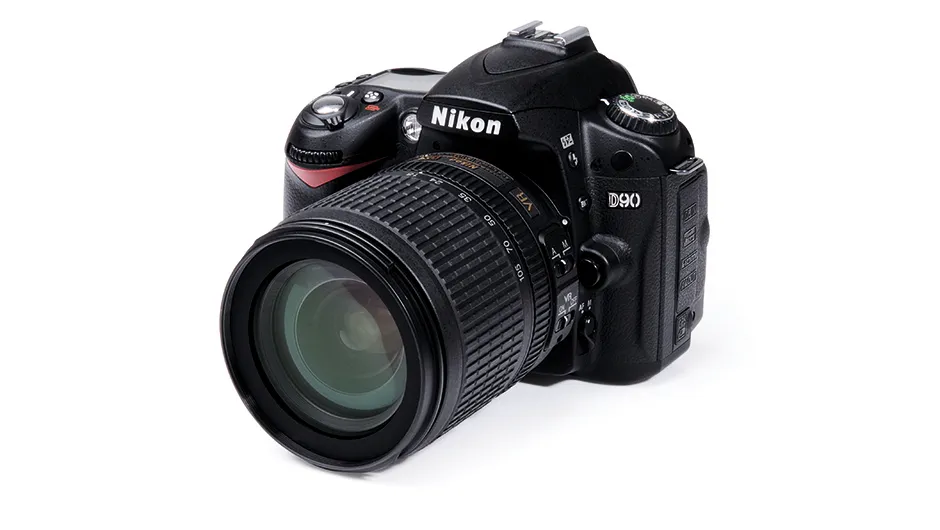
The Nikon D90’s live view is easy to use due to its multi-stepped zoom capability. It feels much more natural to use than most we've tested and we also loved the settings control screen at the top of the camera.
it comes with some extra features such as colour fringe reduction, ‘Active D-Lighting’ for improved detail in shadow areas, and a movie-recording mode.
Noise values at ISO 1600 were very acceptable. At higher ISO, noise effects started to appear, but these settings would still be useful for short-exposure, high-sensitivity applications such as recording a meteor shower.
Read our full Nikon D90 camera review.
Canon EOS 60Da DSLR
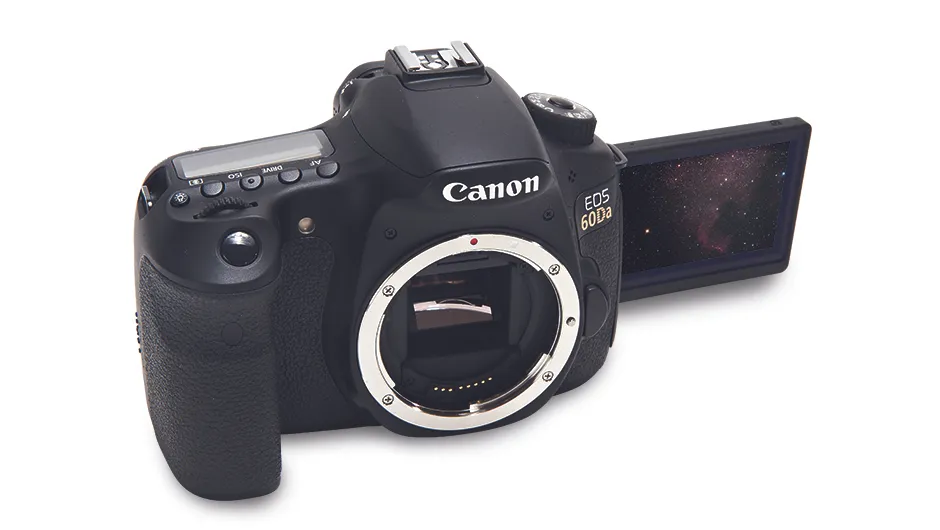
Price £1175
The EOS 60Da has all the features you’d expect of a DSLR including live view, the 10x magnification of which is excellent for focusing on bright stars and planets.
The ISO range in the 60Da runs from 100 up to 6400 with a switchable extension to 12800.The combination of the DIGIC 4 processor and some excellent noise reduction algorithms means that several ISO values above 1600 are much improved, which is excellent news for meteor photographers.
Read our full Canon EOS 60Da review.
Sony α7S MILC
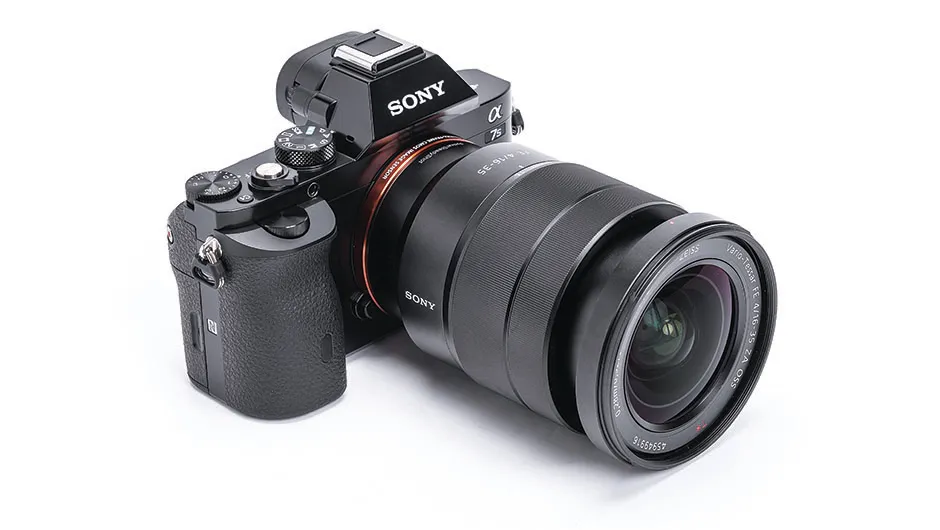
The α7S is a category of camera known as a Mirrorless Interchangeable Lens Camera. MILCs are similar to DSLRs in that you can change their lenses and directly attach them to telescopes with an appropriate adaptor.
The camera boasts an incredible ISO range of 50 to 409600, and wewere very impressed with the α7S’s capabilities for astrophotography. It promises great things when it comes to meteor showers, aurorae and wide-field Milky Way imaging.
The camera can connect via Wi-Fi or, allowing you to control the camera and review any pictures you take via a smartphone. You can also record videos in either full HD or even 4K with additional kit. ISO range for video work is 200 to 409600.
Read our full Sony a7S review.
Nikon D700
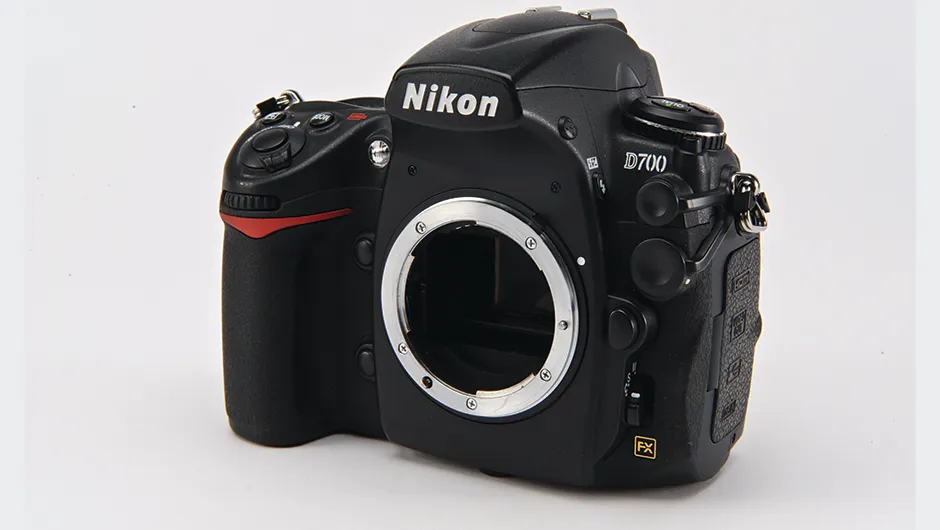
The D700 has a a ream of great functions that make it a formidable astrophotography instrument. These include vignette control to reduce the ‘shading’ effect at the edge of frame, and an intervalometer that allows you to program the camera to take a sequence of exposures automatically.
The latter makes it a great camera for time-lapse sequences or for subjects that need multiple, sequential exposures such as meteor showers.
The D700 also has a virtual horizon function on the rear screen to show the horizontal tilt of the camera.This is useful for dusk or dawn wide-field shots.
The camera offers an excellent default ISO range from 200-6400 and the ability to extend this further to 100-26600.
Read our full D700 review.
Canon EOS M100 Mirrorless camera
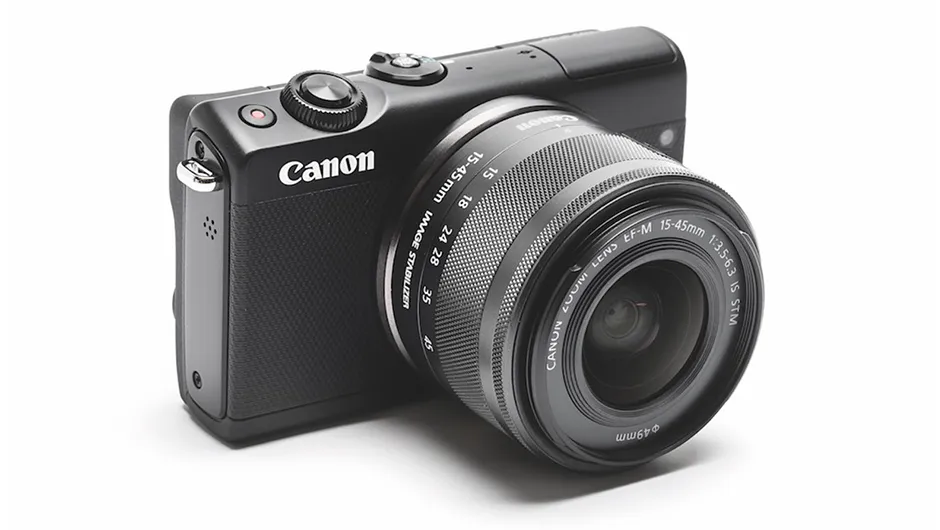
The EOS M100 features remote operation by controlling the camera via Wi-Fi, Bluetooth or near-field connectionm while the Canon Camera Connect app enables you to frame review images and extend exposures beyond 30 seconds, allowing for long captures of a meteor shower radiant.
Measuring 108.2x67.1x35.1mm and weighing 302g, the EOS M100 is fantastic for travelling to dark-sky sites, while the supplied supplied EF-M 15-45mm and 55-200mm lenses give good coverage for wide- and medium-field photography.
Read our full Canon EOS M100 review.
Nikon D810A DSLR
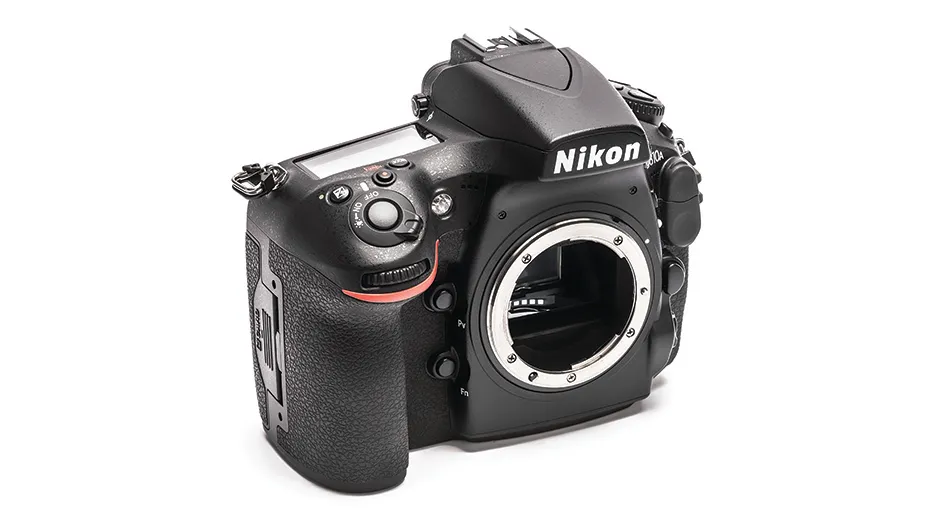
Price £2699
The D810A features some great functionality including a long-exposure manual mode (M*), accessible via the command dial and Mode button, offering extended exposure times of 60, 120, 180, 300, 600 and 900 seconds. This is coupled with a built-in intervalometer that allows up to 9,999 frames to be shot in a sequence.
There is also a 'continuous shooting mode' and a live view that provides sensitive display when the exposure time is set above 30 seconds, and we found this very useful for focusing and framing purposes.
A camera focal-plane shutter is comprised of two curtains: a front that opens to start each exposure and a rear that closes to end it. Exposure begins electronically after the front curtain opens; exposure ends when the rear curtain closes. Thiseliminates vibrations caused by the shutter, reducing blur.
Read our full Nikon D810A review.
Canon EOS Ra astrophotography camera
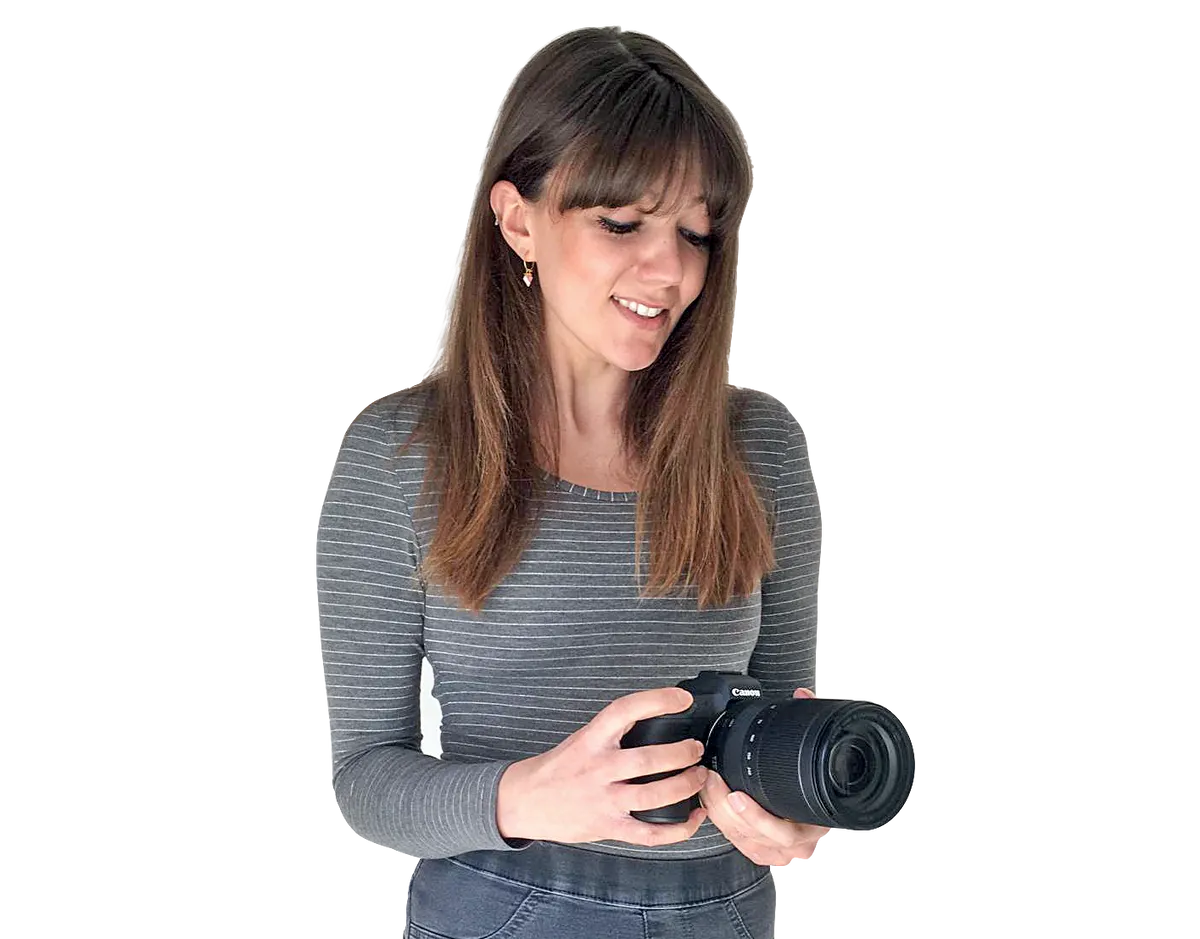
- Buy now from Canon UK
The Ra works in a similar way to a regular Canon DSLR, albeit a high-performing one. This makes it easy for a novice or experienced astrophotographer who is used to Canon cameras to get familiar with it.
Wi-Fi and Bluetooth provisions allow you to connect it with a smart device using the downloadable Canon Connect app. Ports are as you'd expect, including HDMI Out, Microphone In and a remote-control terminal, making for a great piece of equipment if you're keen on shooting 'how to' YouTube videos.
Despite local light pollution we were surprised at how clean and free of noise our frames remained.Yes, it comes with a hefty price tag. But if you have the money to spend, the RA is seriously worth it.
Read our full EOS Ra astrophotography camera review.
Canon EOS-1D X
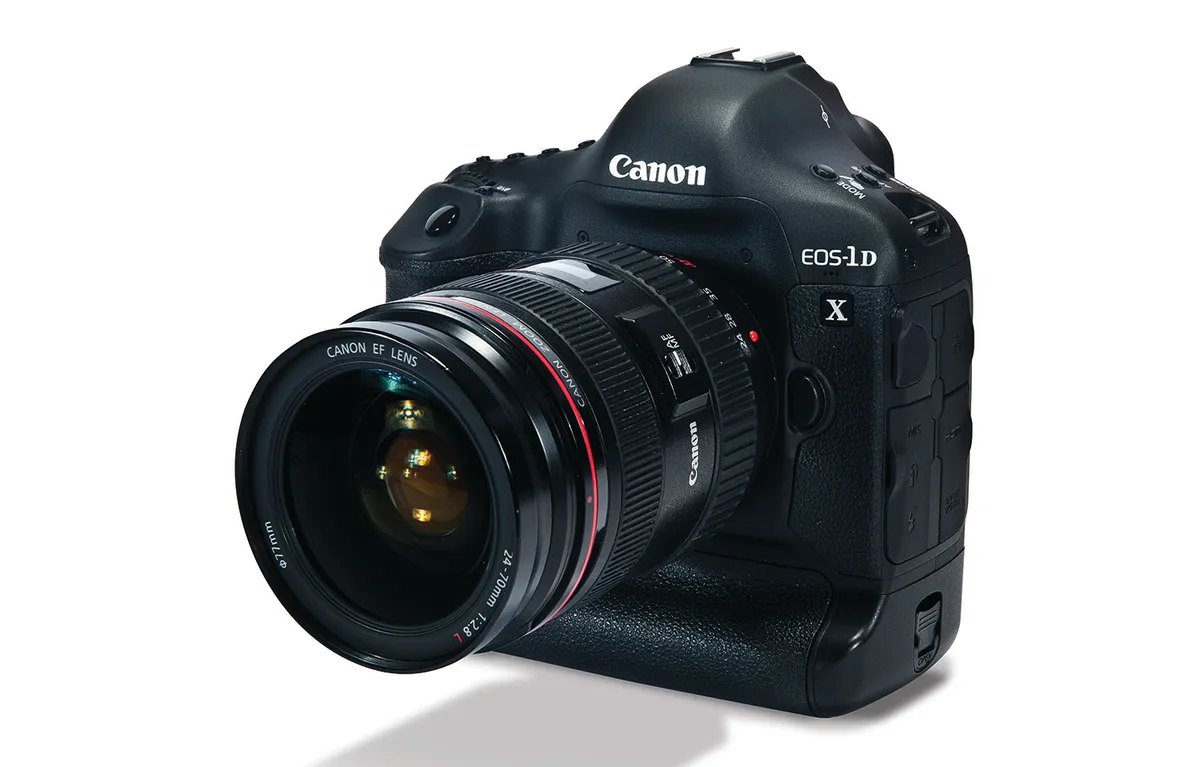
The Canon EOS-1D X is aimed at professional photographers and as reuslt it comes with a range of advanced functions. It offers a full-frame sensor and full-resolution JPEG images up to 14fps (12fps if you prefer using the RAW file format).
Our wide-field shots, obtained using a standard 24mm lens, were impressive, getting down to very faint levels in just a few seconds.
The EOS-1D X would be great for photographing the Milky Way using a static tripod, the short exposures allowing you to avoid visible trailing.
Similarly, with the ISO set to mid-to-high, it would make a fantastic meteor camera.
Read our full Canon EOS-1D X camera review.
NightCap smartphone astrophotography app
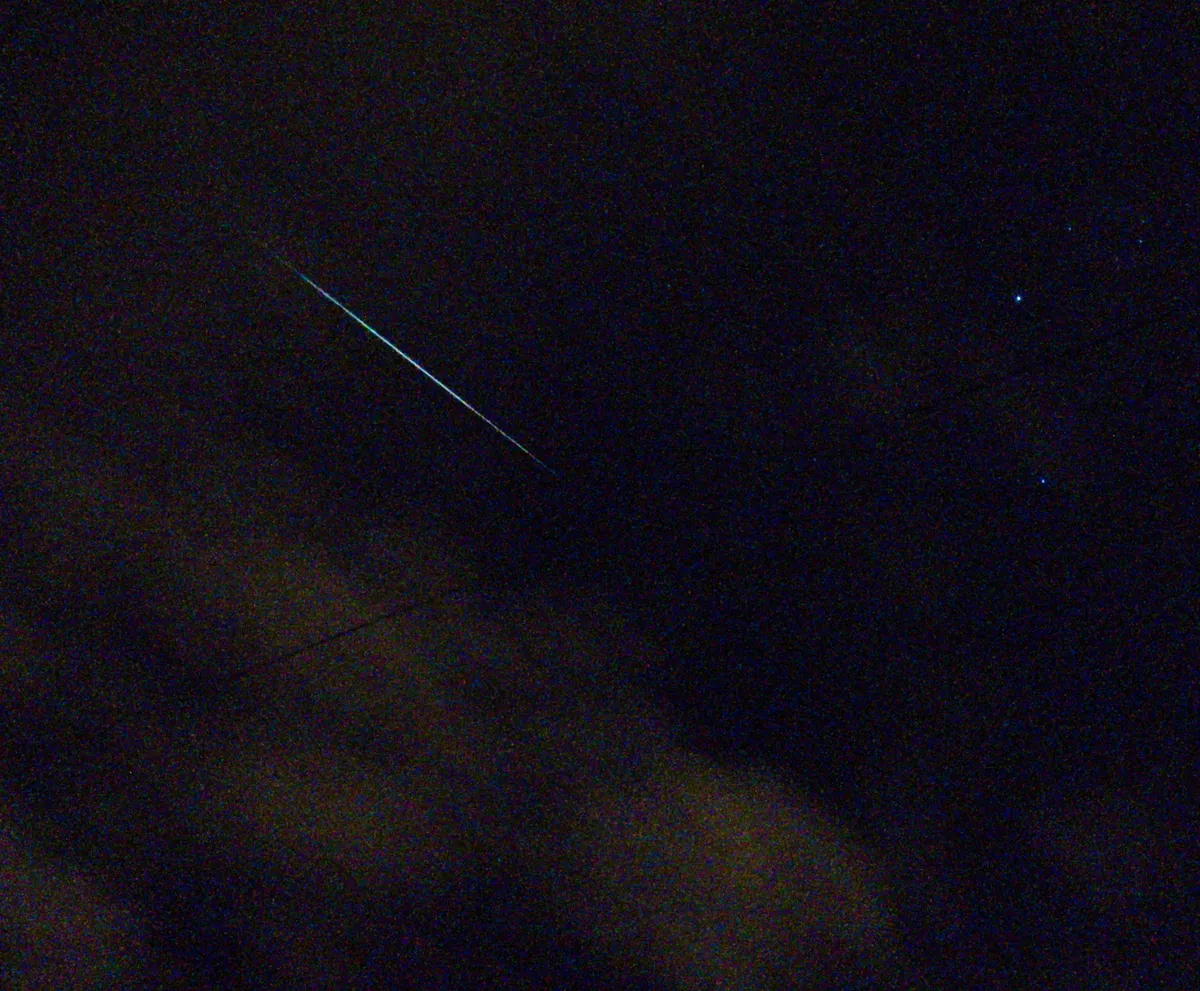
If forking out on an expensive DSLR isn't your thing, you might consider purchasing a dedicated app to turn your smartphone into an astrophotography camera.
We would recommend NightCap, which enables you to control focus, set the ISO, white balance and exposure and even has pre-sets such as star trails, stars and, most importantly for this list, a meteors setting.
Read our full NightCap review.
Best mounts for photographing meteors
Sky-Watcher Star Adventurer DSLR mount
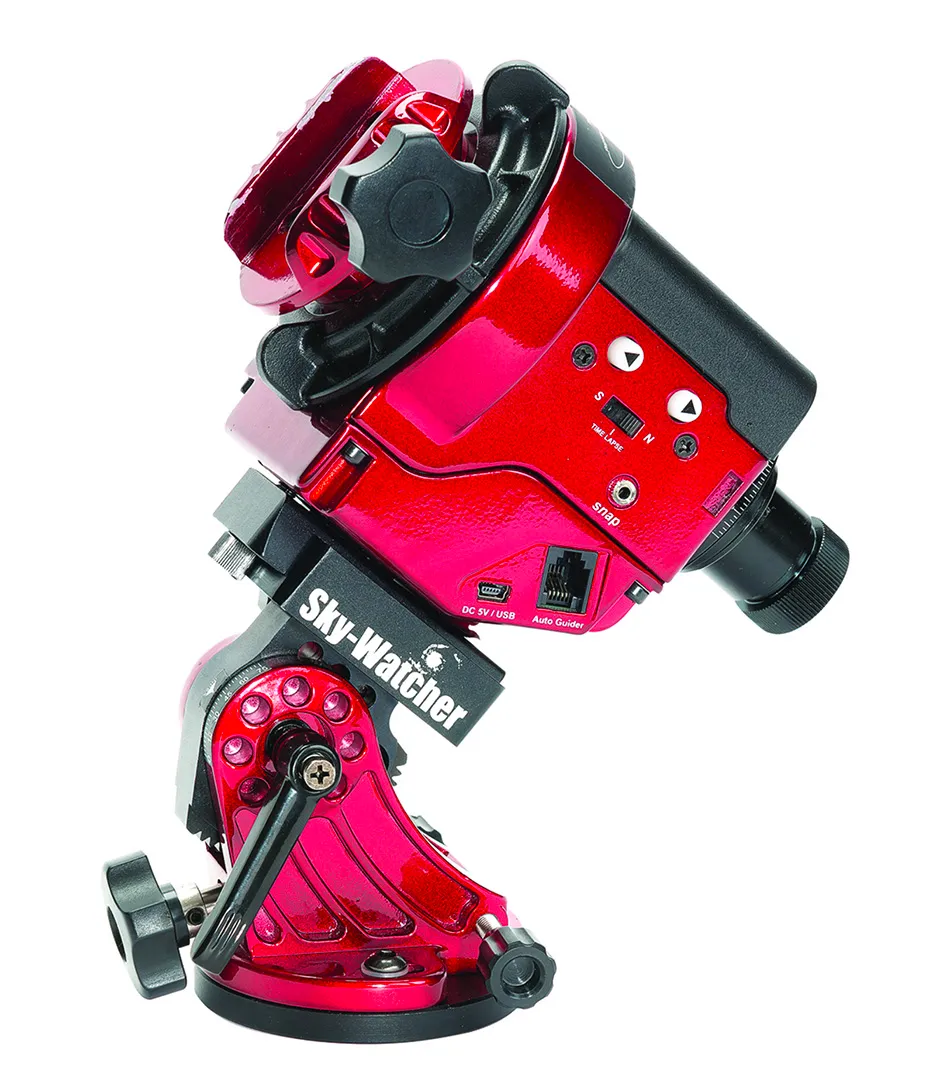
The Star Adventurer ‘astrophotography bundle’ includes the main unit, an equatorial wedge, counterweight bar including a 1kg weight, 3/8-inch ball head adaptor, Fine-Tuning Mounting (FTM) assembly and a polarscope illuminator.
Also included is a DSLR shutter control cable, great for capturing multiple exposures without causing the camera to shake. Assembly and use is straightforward: just add your camera and lightweight lens.
Installing the Fine-Tuning Mounting assembly allows you to attach a second ball head adaptor, which means you can attach another camera to create a dual-imaging system, which is especially useful in meteor photography.
Read our full Sky-Watcher Star Adventurer review.
Bresser Astrophoto Tracking Mount
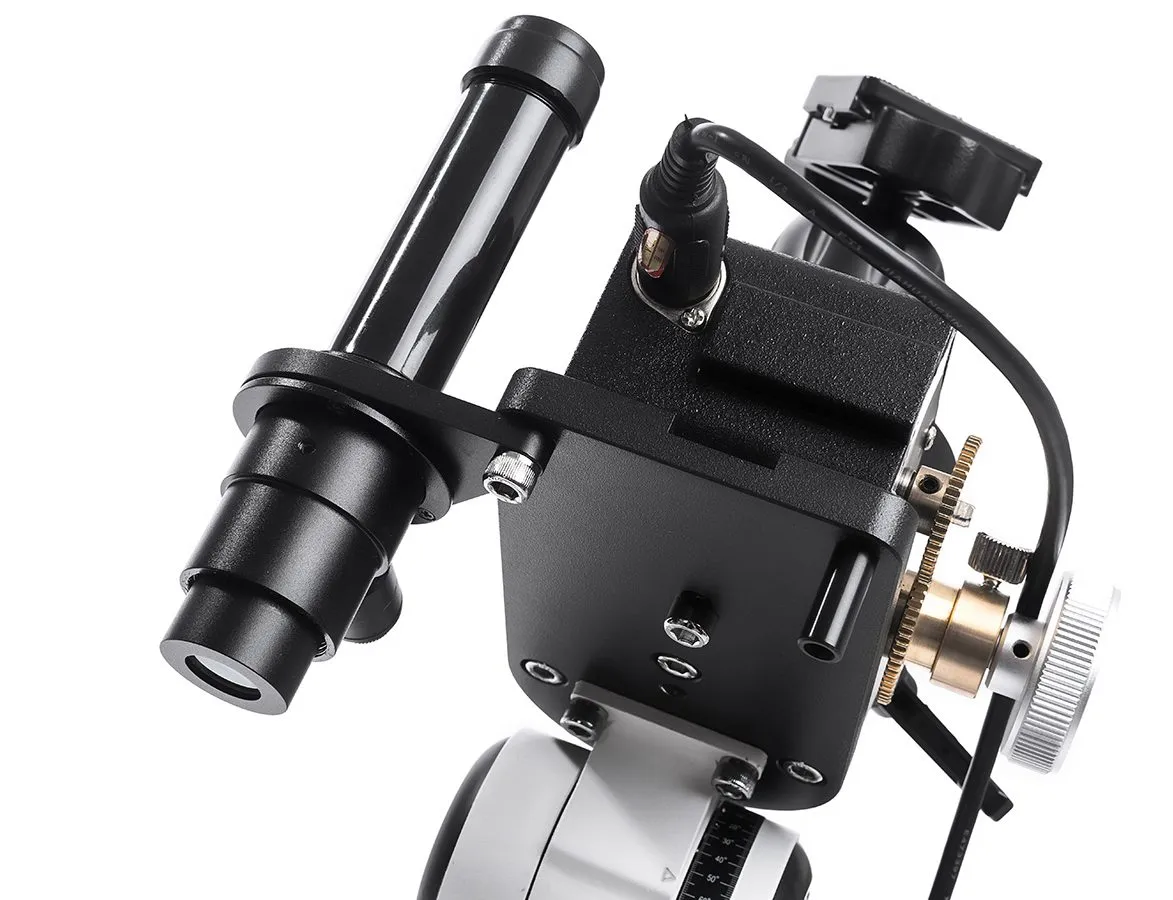
This mount is aimed at wide-field and medium telephoto astrophotography, and for this it really delivers. We were impressed with its performance and found it one of the best we’ve tested in the field.
We achieved 10-minute, 20-minute and 30-minute exposures on the Bresser Photo Mount with no star trailing at all. We achieved an excellent result with a 70–300mm lens set at 70mm.
Increasing the size of the lens, we could make adjustments by using the hand controller, with its 2x and 32x forward and 32x backward slewing controls. This helped for centring the view.
Read our full Bresser Astrophoto Tracking Mount review.
FORNAX 10 LighTrack II Mobile Tracking Mount
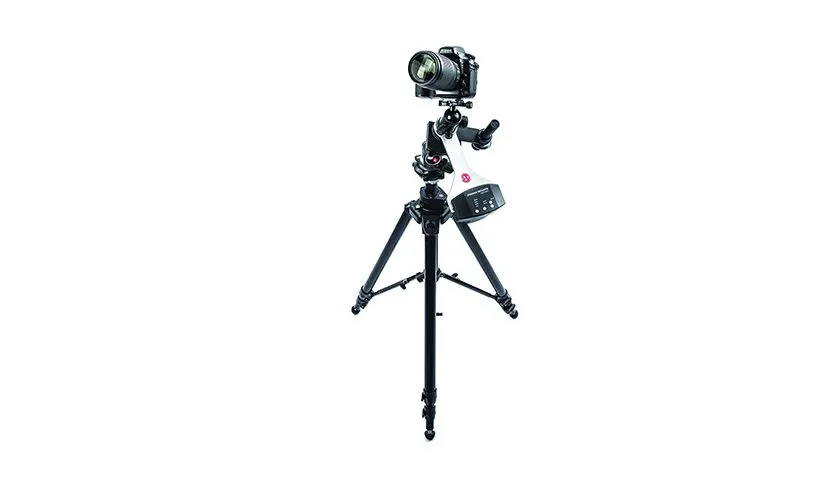
During tracking, the FORNAX 10’s electronics produce a rising and falling tone, and we soon realised this serves as a useful indicator that tracking was progressing correctly.A few seconds before the arm reaches the end of its travel, a light flashes as a warning that a ‘rewind’ is necessary.
3-minute exposures taken through a 200mm telephoto lens showed just a tiny amount of trailing on stars, and this was only really evident when we examined the images on our computer.Images with shorter focal length lenses showed no trailing.
The LighTrack II would make an excellent travelling companion with a DSLR camera and a couple of lenses, making for a great piece of kit for meteor photography at dark sky sites. Its simplicity makes it suitable for beginners, although no instruction manual is included.
Read our full FORNAX 10 LighTrack II review.
iOptron SkyGuider PRO
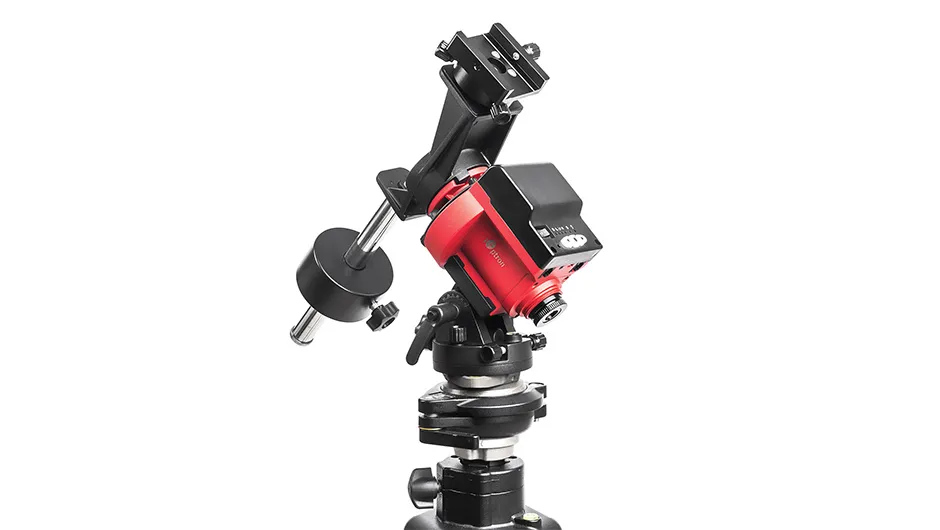
- Buy now from B&H Photo Video
Assembly of the iOptron SkyGuider is quick and straightforward and the mount’s adjustable altaz base is detachable, enabling you to remove the base, attach the mount directly to a standard tripod and use the tripod’s own pan/tilt mechanism for polar alignment adjustment. In this configuration, the mount could be used for slow-motion terrestrial panoramic photography.
We were very pleased with the general tracking without either, as it works so well.If you had a second camera mounting disc, you would be able to attach it to the base of the dec. mounting bracket and add another camera, which would be great for meteor shower photography as that way you can cover double the area of sky and track too.
Read our full iOptron SkyGuider review.
Vixen Polarie Star Tracker mount
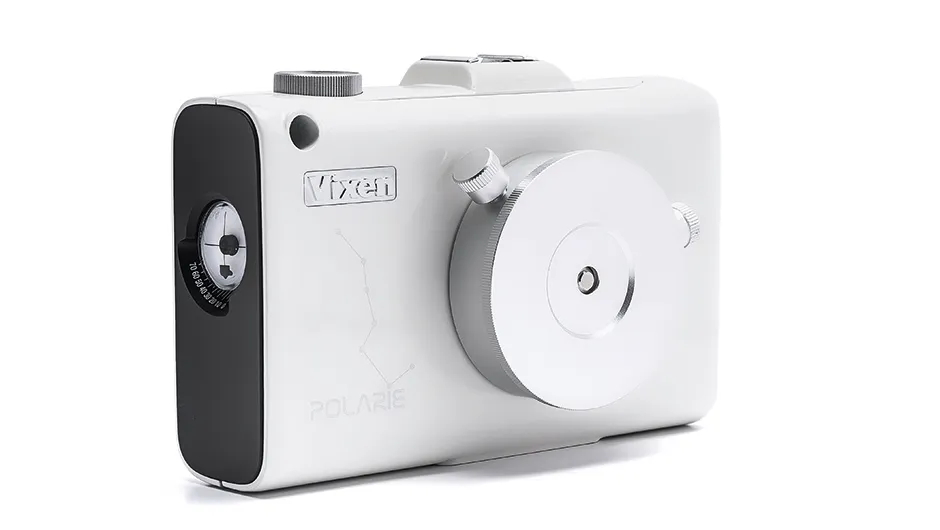
- Buy now from B&H Photo Video
The Polarie Star Tracker is a diminutive but substantially constructed equatorial star tracker platform. It has 4 tracking speeds – lunar, solar, sidereal and half sidereal, the latter allowing balance between small star trailing against a less blurred foreground when capturing starscapes.
There is an excellent free smartphone app (Vixen PF-L Assist, available for iOS and Android) to make polar alignment simple.
We tested the mount using a DSLR, 200mm telephoto lens and the upgrade kit, capturing five-minute exposures. We were very impressed with the tracking, which showed no visible signs of star trailing.
The Polarie is suitable for both beginners to astrophotography and for more advanced imagers looking for a portable imaging solution.
Read our full Vixen Polarie review.
Pentax AstroTracer package
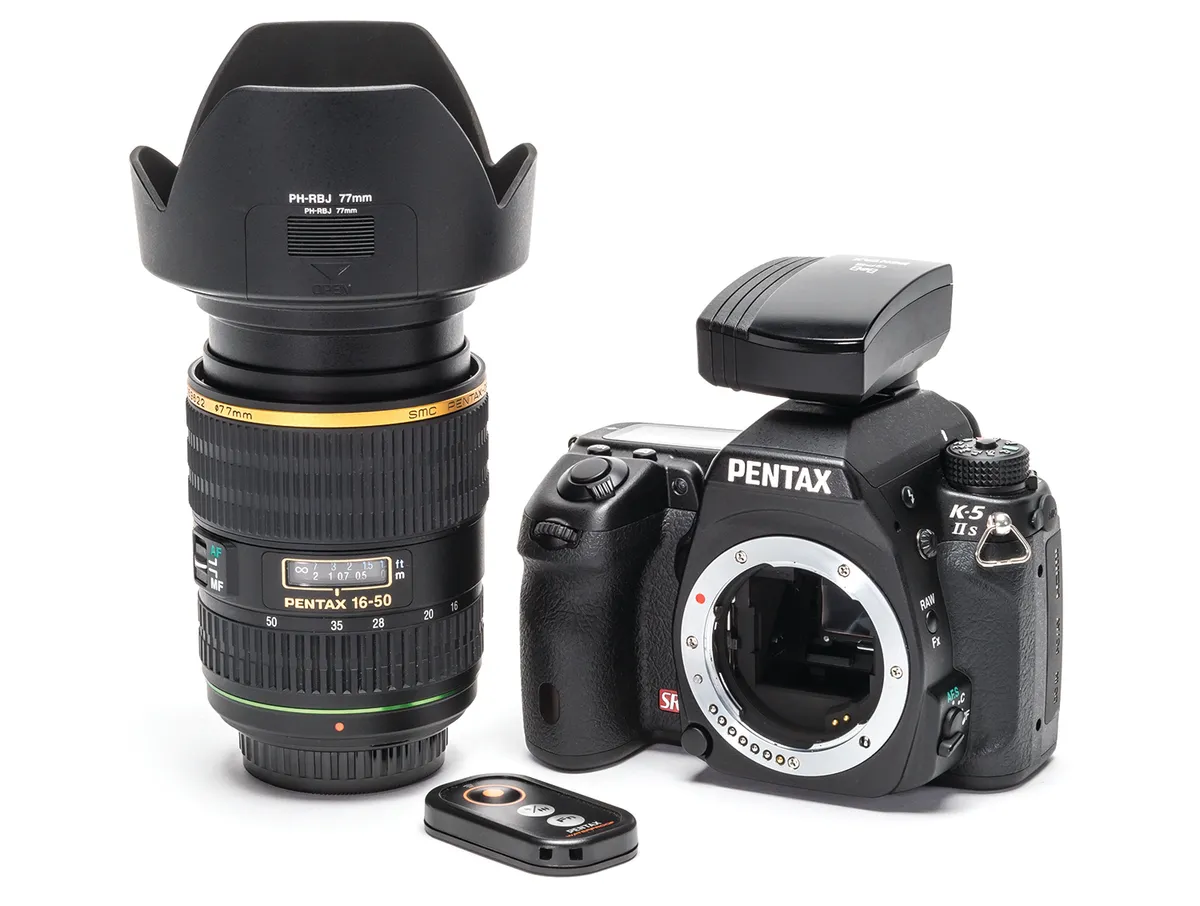
The AstroTracer is slightly different: a device that tracks the sky through a DSLR camera by physically adjusting its mirror.
With the supplied lens set to its widest at 16mm, we made a 1-minute exposure and then increased this to 5 minutes to see how well it coped at the extreme end of its tracking range.We then switched to the longest focal length of 50mm and did the same.
The supplied wireless shutter release button activates the mirror-up function and opens the shutter a few seconds later. This is a very useful feature to minimise camera shake.After 1 minute the Astrotracer coped well with tracking and after 2 minutes little tracking error was evident.
The AstroTracer will appeal to those new to astro imaging, and for those on a budget it performs well enough for wide-field imaging to serve as an alternative to expensive standalone tracking platforms.
Read our full Pentax AstroTracer review.
Iain Todd is BBC Sky at Night Magazine's Staff Writer. Paul Money is BBC Sky at Night Magazine's Reviews Editor.
